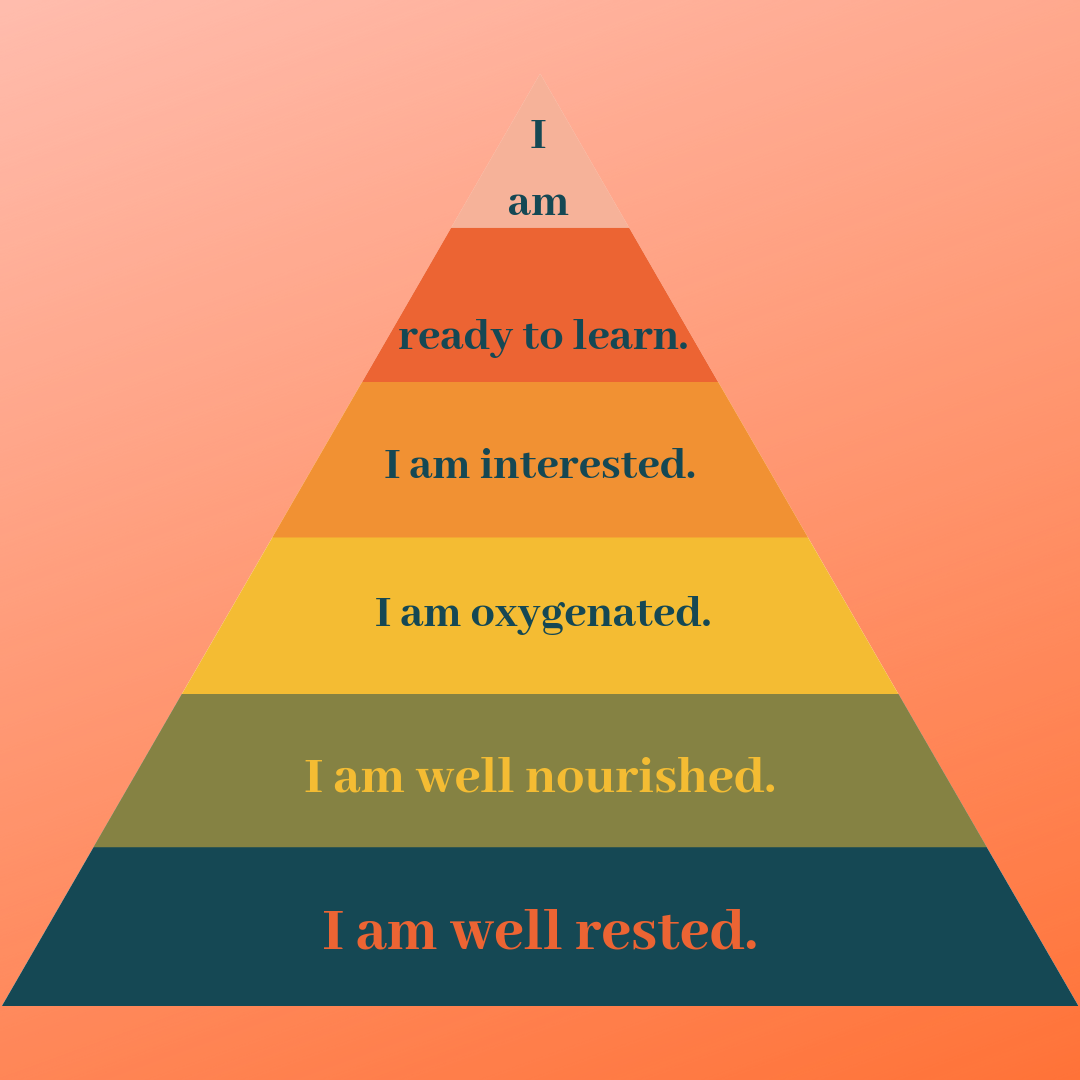
When your child gets bored their brain shuts off. This is not speculation, although we can see the evidence simply by observing children. There is actually research and explanation as to what is going on in the brain when it shuts down the higher learning centers and why it does this. You can read more about that in my post Why Boring Education Hurts Children.
But what does this mean in our everyday life? It means when the eyes gloss over or you see that blank stare taking over you need to do something. Anything. Make a joke, take a 5-minute sunshine break, or a throw-stick-for-dog break, or ask your kid an open-ended question about the subject, not as a quiz to ‘catch’ them for not paying attention, but as a challenge to get them thinking deeper about the topic at hand. You cannot just keep going. Unless you don’t care that your child will not remember the remainder of the lesson. (And if that is the case you have some deep issues to sort through…just saying.)
This is perhaps one of our greatest challenges as teachers and what makes teaching an art to master. We have to be creative and intuitive to figure out how to wake up our kid’s brains and get them interested in the topic at hand. There are a lot of ways to do this. We can take our kids lead by studying what interests them. There is always a place for this type of learning in a balanced life, but personally, I don’t think it is the only kind of learning we should engage in. As an adult, I know a lot more about the world than the child, so I might just have reasons that I want them to learn something that they are not interested in yet. How can they be interested in things they don’t about? Education should spark their interest in a million different things about the world. It should make them more curious and lead them into not only craving more knowledge but also into realizing how little they know.
Every child at some point seems to think they know everything, and this is rather obnoxious. The cure for that attitude is to blow their mind again, and again, and again. This means you are taking them to the other side of the comfort zone. The side where they are decidedly uncomfortable with the task at hand, or the idea you are challenging them to understand. But you don’t push them off the cliff and into a panic. Panic also will lead to shut-down of the brain and this happens when the material is too hard for the child to grasp right now. So we must challenge them without overwhelming them.
So, although we help them pursue their own curiosities and interests, there is also always a place in education for the artful teacher to help them broaden those curiosities and interests. To expose them to new subjects and new idea’s that they had not yet thought of being interested in of their own accord. This is part of how children find out who they are. By learning about many things they start to realize what things they love. What fascinates them will change over the years, and this is a natural process of them discovering both the world and themselves.
Often they will turn back to something they loved while young. But they will return with renewed passion and determination to master the skill or subject because they have had exposure to the other subjects and now know with certainty what they love and what they do not love.
How do we get kids interested in the subjects that they are not yet fond of, or perhaps will never deeply enjoy learning about?
It starts first with you, the teacher, having a deep interest in the topic. This can be cultivated. If you cannot figure out how to be interested in a topic yourself, why should your kids have any interest in it? You can cultivate interest in new subject matter by entering it from a side road you already know and love. For example, you can use art, or history, or science, as a side road to enter math. In other words, find that magic spot where art intersects with math and begin to study it there to peak your own interest. All subjects are related in some way to other subjects so you can do this with any two things. If you are already interested in the topic you can think about what your child loves, and what you want them to be more engaged in, find that intersection, and go.
We are really spoiled with so much information today, at the tips of our fingers, it is quite easy to find good materials covering any intersection you can imagine. And if you can’t? Then create together, you and your child. Exploring and creating are great ways to maintain interest and keep the boredom at bay.
Frequent breaks for physical movement are also amazing boredom busters, just moving wakes up the brain and gets more oxygen flowing, sometimes that nourishing surge of oxygen is the only thing our kid’s need to remain interested. Their eyes may be glazing over just because they are running low on the oxygen and nutrients their brain needs in order to continue thinking and processing new material.
And this brings us quite nicely to the topic of snacks. We all know how many snacks our kids cry out for as soon as we sit down to study. The thing is, the brain uses a ton of calories and the more you are exercising that brain the more nourishing food your kid is going to need. Also, if their body has decided that it is starving, which can happen even if it is only lacking in one of the many nutrients we need to thrive, they are in flight or fight mode and they will not be able to settle down and attend to the higher thinking needed to learn. So not only plan on healthy nourishing breakfast options for your kids but plan on healthy, easy snacks they can pull out whenever they have the urge to chomp on something.
Another trick to keeping the attention is changing up the type of activity. So you read something, then watch a video about it, then talk, or write, or draw about it. Or you just use different materials. My eight-year-old does 10 minutes of math rider (a fun math facts game), 15 minutes of Math Whiz (an online learning program with instructions and questions), and a chapter of Life of Fred (a story with math interwoven and a few questions at the end of the chapter). If I told him he was going to study math for 40 minutes he would cry. He would be overwhelmed and his brain would shut-down with paic. So I don’t say that. He can easily focus on the three different types of activities for those short times without losing concentration. (Or feeling like math will never be over for the day!) So don’t be afraid mix it up or break it down for the sake of attention.
Having their full attention is worth it. You may be wondering why I spent this whole post on avoiding boredom and keeping attention. Isn’t there more to neuroscience and learning? Well, maybe a few more details. But without this foundation none of the other details matter. This is the rock to build your homeschool culture on. Create interest, keep interest, feed the brain.


